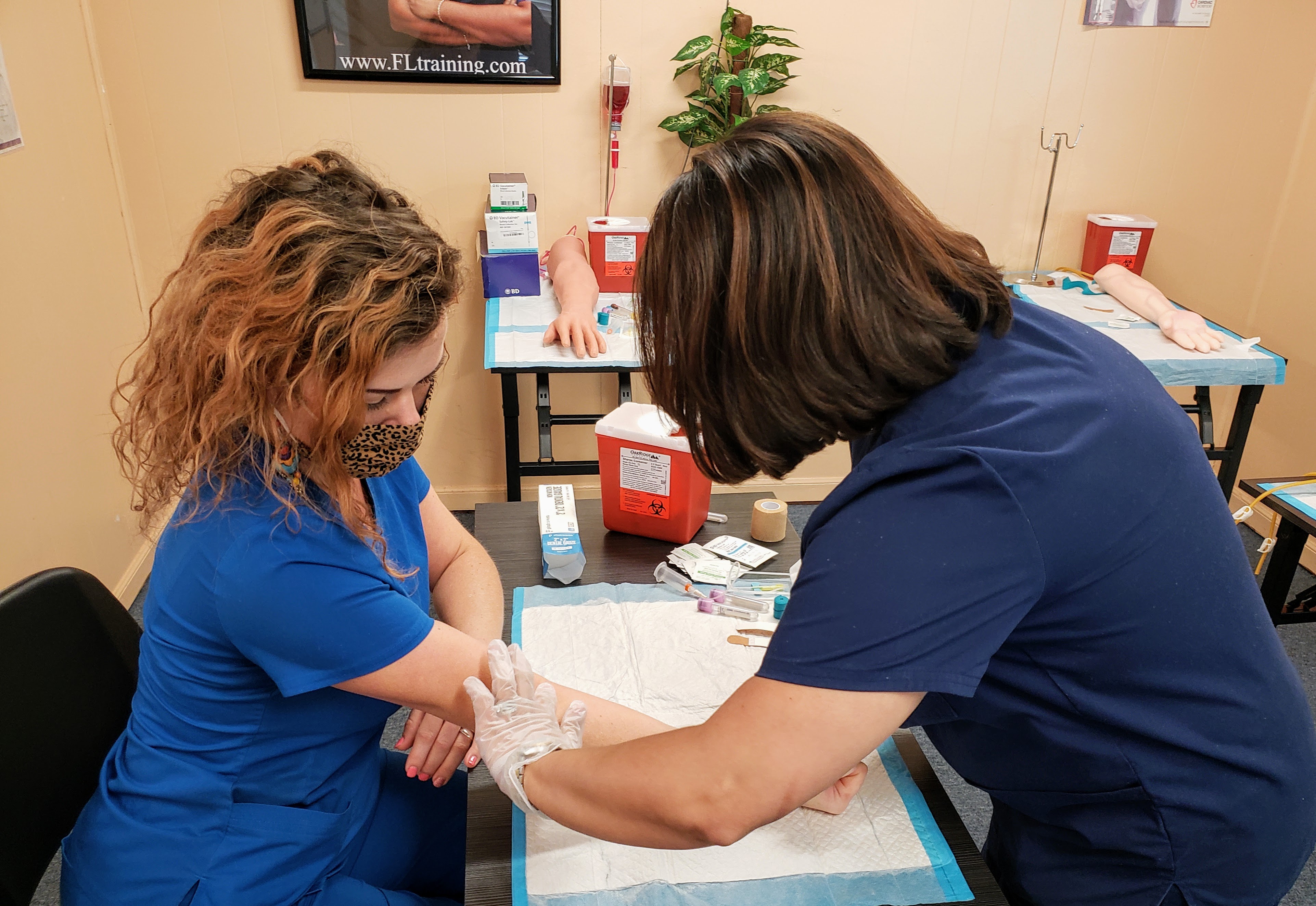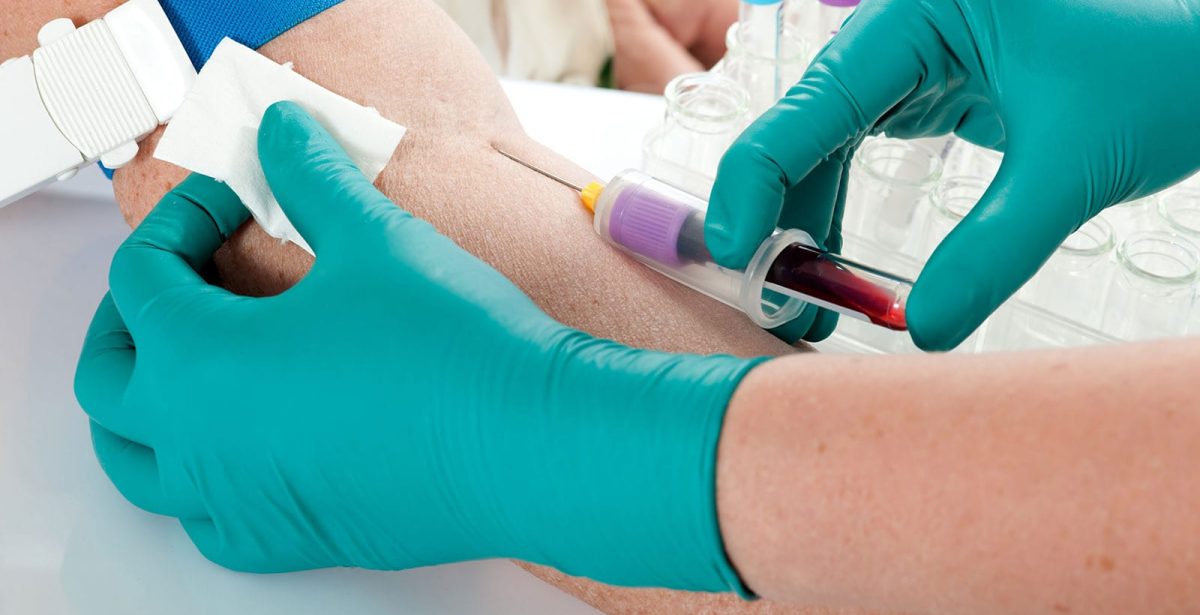The Single Strategy To Use For Northeast Medical Institute - New Haven Campus Phlebotomy Course & Cna Class
3 Easy Facts About Northeast Medical Institute - New Haven Campus Phlebotomy Course & Cna Class Described
Table of ContentsGet This Report on Northeast Medical Institute - New Haven Campus Phlebotomy Course & Cna ClassThe Facts About Northeast Medical Institute - New Haven Campus Phlebotomy Course & Cna Class UncoveredNortheast Medical Institute - New Haven Campus Phlebotomy Course & Cna Class Fundamentals ExplainedThe Main Principles Of Northeast Medical Institute - New Haven Campus Phlebotomy Course & Cna Class What Does Northeast Medical Institute - New Haven Campus Phlebotomy Course & Cna Class Mean?The 4-Minute Rule for Northeast Medical Institute - New Haven Campus Phlebotomy Course & Cna Class
The use of such devices need to be gone along with by other infection avoidance and control methods, and training in their use.For settings with low resources, expense is a motoring consider procurement of safety-engineered devices - Phlebotomy Classes. Where safety-engineered devices are not readily available, knowledgeable use a needle and syringe serves. Unintentional direct exposure and particular details about an occurrence ought to be videotaped in a register. Assistance services should be promoted for those who go through unexpected exposure.
One of the essential pens of high quality of care in phlebotomy is the participation and teamwork of the client; this is mutually advantageous to both the wellness worker and the individual. Clear details either created or spoken ought to be offered to each individual who goes through phlebotomy. Annex F provides example text for describing the blood-sampling treatment to an individual. In the blood-sampling area for an outpatient department or center, give a comfortable reclining couch with an arm rest.
Getting My Northeast Medical Institute - New Haven Campus Phlebotomy Course & Cna Class To Work
Make sure that the indications for blood tasting are plainly defined, either in a written method or in recorded directions (e.g. in a laboratory kind). Gather all the equipment needed for the treatment and location it within safe and simple reach on a tray or trolley, making certain that all the products are plainly noticeable.
Where the patient is grown-up and conscious, comply with the steps described below. Introduce yourself to the client, and ask the patient to mention their complete name. Check that the lab type matches the individual's identity (i.e. match the patient's information with the research laboratory type, to ensure exact identification). Ask whether the patent has allergic reactions, phobias or has ever passed out during previous shots or blood draws.
Make the client comfy in a supine position (if feasible). The person has a right to decline a test at any time before the blood sampling, so it is vital to make sure that the patient has actually comprehended the treatment - CNA Training.
The Basic Principles Of Northeast Medical Institute - New Haven Campus Phlebotomy Course & Cna Class
Extend the patient's arm and check the antecubital fossa or lower arm. Locate a blood vessel of a great size that shows up, straight and clear. The representation in Area 2.3, shows usual placements of the vessels, yet many variants are feasible. The typical cubital blood vessel exists in between muscle mass and is normally one of the most simple to puncture.
DO NOT put the needle where capillaries are drawing away, since this enhances the chance of a haematoma. Situating the blood vessel will assist in determining the proper size of needle.
Specimens from main lines carry a threat of contamination or incorrect lab test results. It is acceptable, however not excellent, to draw blood specimens when very first introducing an in-dwelling venous device, before attaching the cannula to the intravenous liquids.
How Northeast Medical Institute - New Haven Campus Phlebotomy Course & Cna Class can Save You Time, Stress, and Money.
Failure to allow sufficient get in touch with time raises the risk of contamination. DO NOT touch the cleansed site; in certain, DO NOT place a finger over the vein to guide the shaft of the revealed needle.
Ask the individual to develop a hand so the veins are much more noticeable. Go into the vein promptly at a 30 degree angle or less, and remain to introduce the needle along the capillary at the easiest angle of access - PCT Classes. Once adequate blood has actually been accumulated, launch the tourniquet BEFORE taking out the needle
Some Known Facts About Northeast Medical Institute - New Haven Campus Phlebotomy Course & Cna Class.
Take out the needle gently and apply mild stress to the website with a tidy gauze or completely dry cotton-wool ball. Ask the client to hold the gauze or cotton woollen in position, with the arm prolonged and raised. Ask the person NOT to bend the arm, because doing so creates a haematoma.

The Greatest Guide To Northeast Medical Institute - New Haven Campus Phlebotomy Course & Cna Class
Do not press the syringe bettor due to the fact that added pressure enhances the threat of haemolysis. Where feasible, maintain televisions in a shelf and relocate the shelf towards you. Inject downwards right into the appropriate coloured stopper. DO NOT eliminate see this here the stopper due to the fact that it will certainly launch the vacuum. If the sample tube does not have a rubber stopper, inject extremely gradually into television as decreasing the pressure and speed used to transfer the specimen decreases the threat of haemolysis.
